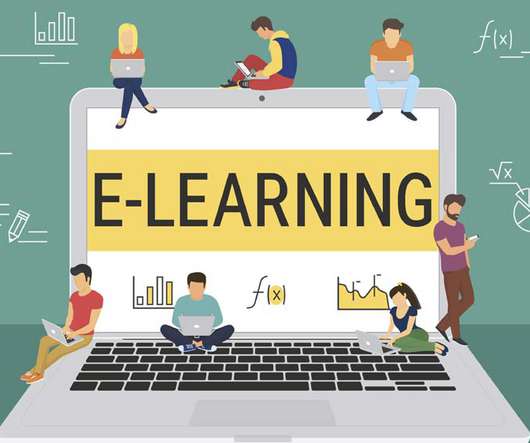Recommended Reading Summary: A Chapter from “How People Learn: Brain, Mind, Experience, and School”
Adobe Captivate
NOVEMBER 4, 2018
I recently posted some recommended reading that relates to a virtual class I recently taught on gamification. It was written in 2000 but it contains some great foundational information. Here is the recording.). This is my own summary of the first chapter on the list.





















Let's personalize your content